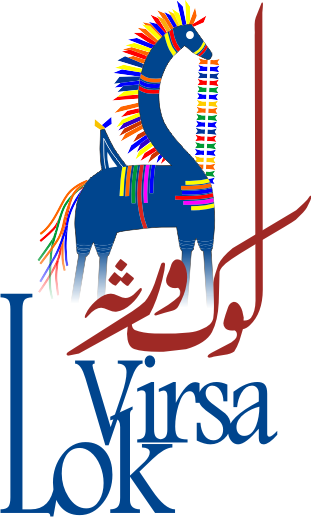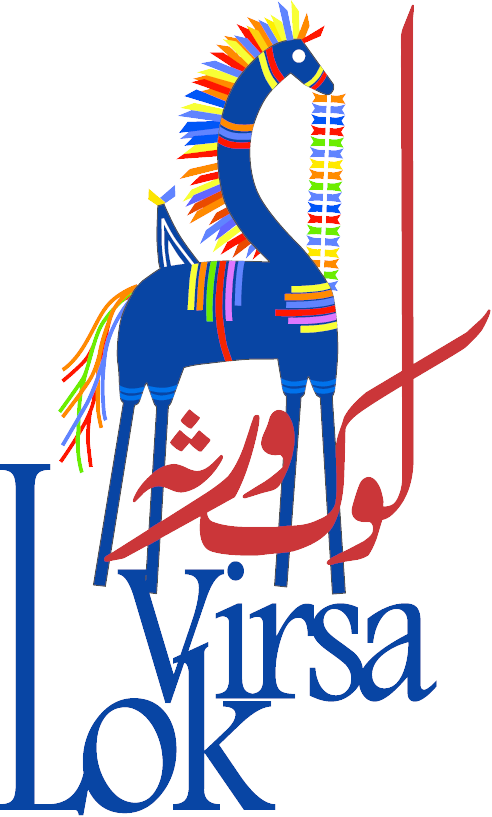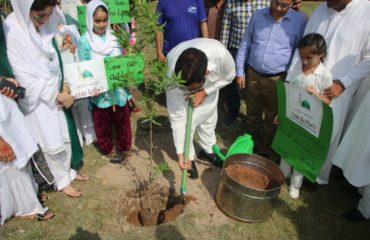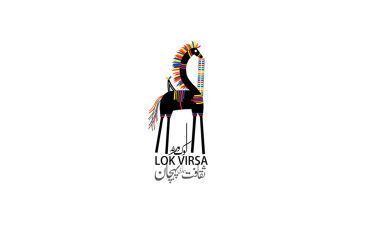
Swat is a popular touristic destination in Pakistan. One main reason for its popularity is its rich heritage and archaeological places which have been a center of attraction to both Pakistani and foreign tourists. So far, many archeological sites have been documented in the valley. Amongst, Buddhist sites are more in number because Swat had been the center or one can without any doubt say that the birthplace of Vajrayāna or Tantric Buddhism. Padmasambhava, the founder of Tantric Buddhism, was from Swat. Apart from Buddhist sanctuaries, Ghaznavid period mosque, remains of a city of Gandhara called Barikot or Bazira and pre and protohistoric rock art sites are few other fascinating archaeological sites. However, this ‘popular culture blog’ has been particularly meant to highlight the importance of the archaeology of Barikot, popularly called as Bazira.
Barikot is an important archaeological site in Swat. Around twenty kilometers away from Swat Museum to the west of modern Barikot town, the site is conspicuous from the Swat-Malakand Road. The remains of this centuries old settlement are spread on 12 hectares, of which hardly 2 hectares have been excavated so far which includes the acropolis or citadel on the hill (Barikot-Ghwandai) and the lower town. Excavations have not stopped yet; it will take years to expose the remaining area. Archaeologists are well-aware of Barikot’s cultural importance in reconstructing region’s history.
Thanks to history and archaeology we know Barikot’s ancient names. Sir Aurel Stein and Giuseppe Tucci were the first archaeologists who identified Barikot as Bazira¬ and Beira, the city conquered by Alexander the Great in 327 BCE, mentioned in the classical accounts of Arrian and Curtius Rufus. Whereas, during the Hindu Shahi rule in Swat the name of this place was Vajirasthana¬¬ – written on a 9th century inscription discovered on the Barikot hill (now on exhibit in Lahore Museum). In Pakistan, many archaeology students, if not all, know about Bazira, but very few amongst those have heard about Vajirasthana. However, in many academic publications, Barikot has been written as Bir-Kot—local pronunciation of Barikot.
Since 1968, the Italian Archaeological Mission to Swat has been working at Barikot. Italian archaeologists have conducted archaeological surveys and carried out excavations at large scale so as to bring out the facts of this important settlement of Gandhara Civilization. To date, more than 13 trenches have been dug out in different areas, in the south, southwest and on top of the hill.
In the first phase of excavation in 1984-1992, Piero Francesco Callieri, Anna Filigenzi and Luca Maria Olivieri tried their spades and opened five trenches in south and southwest of the hill. However, several more trenches have been cut out since the late 1990s both on the hill and the lower town. Since 2019 Prof. Luca M. Olivieri and Dr. Elisa Irori are busy in exposing the structural remains of monumental Shahi Temple on the hill—I am also part of this campaign.
Barikot is the best example of town-planning of ancient Gandhara. There are remains of houses, monumental buildings, and Stupas at Barikot. For the monuments in the acropolis includes one 8th century monumental Shahi Temple beautifully decorated with stucco, Shahi Castle and Turreted Temple. And for the buildings in the lower town there are, among others, three Buddhist sacred buildings and many public buildings, remains of fortification having rectangular bastions, cells and Buddhist sanctuaries. All the structures at the site give a sense of city life in ancient Swat.
Another striking feature of Barikot which distinguish it from other ancient cities of Gandhara is its long occupational history. Discovery of the protohistoric village, Indo-Greek fortification, Sytho-Parthian structures, Kushano-Sasanian settlement, Hephthalite coin, Shahi castle and temples and Islamic symbols show that the site was occupied for a long time (c.1700-1400 BCE to 15th CE).
In earlier excavation campaigns at the site, archaeologists found abundant cultural material which includes art pieces, semi-precious stones, jewelry, tools, pottery and household objects made of metals, stones and so on. Thousands of objects handed over to the officials of Swat Museum after documentation, of which very special, rare, intricate and complete are at display in the galleries (such as the sculptures of Buddha and Buddhisatva, statues of Hindu and Greek goddesses, coins, jewelry, etc.). The Swat Museum has a rich collection of artifacts from Barikot. Archaeologically, it is important to show the material culture of any site in a museum near to it so that people of that particular region could know about their heritage. More importantly, for the artifacts of Barikot which at display in other museums, it would be better, archaeologically and ethically, to send them back to Swat Museums.
Barikot is a potential archaeo-touristic destination. Both local and foreign tourists go to see the ruins, by doing so they experience the past life of the ancient city. Fortunately, monumental structures are well-preserved and good in condition. Visiting Barikot can be a beautiful memory of one’s life.





